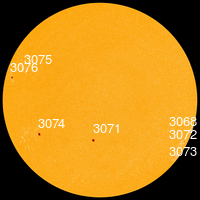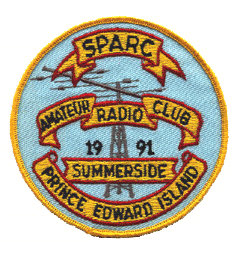SFI = 116
A index = 24
K index = 5
SSN = 87
SURPRISE GEOMAGNETIC STORM: A solar wind stream hit Earth on August 7th. At first, the stream’s velocity was low, but during the day it sped up to more than 600 km/s, ultimately causing a moderately strong G2-class geomagnetic storm. This event was not in the forecast. Although the storm is subsiding now, it could flare up again on August 8th as the solar wind continues to blow.

NOAA STI
:Product: Geophysical Alert Message wwv.txt
:Issued: 2022 Aug 08 0605 UTC
# Prepared by the US Dept. of Commerce, NOAA, Space Weather Prediction Center
#
# Geophysical Alert Message
#
Solar-terrestrial indices for 07 August follow.
Solar flux 116 and estimated planetary A-index 24.
The estimated planetary K-index at 0600 UTC on 08 August was 5.
Space weather for the past 24 hours has been moderate.
Geomagnetic storms reaching the G2 level occurred.
Space weather for the next 24 hours is predicted to be minor.
Geomagnetic storms reaching the G1 level are expected.
NOAA Alerts
Space Weather Message Code: ALTK05
Serial Number: 1379
Issue Time: 2022 Aug 08 0607 UTC
ALERT: Geomagnetic K-index of 5
Threshold Reached: 2022 Aug 08 0559 UTC
Synoptic Period: 0300-0600 UTC
Active Warning: Yes
NOAA Scale: G1 – Minor
NOAA Space Weather Scale descriptions can be found at
www.swpc.noaa.gov/noaa-scales-explanation
Potential Impacts: Area of impact primarily poleward of 60 degrees Geomagnetic Latitude.
Induced Currents – Weak power grid fluctuations can occur.
Spacecraft – Minor impact on satellite operations possible.
Aurora – Aurora may be visible at high latitudes, i.e., northern tier of the U.S. such as northern Michigan and Maine.
